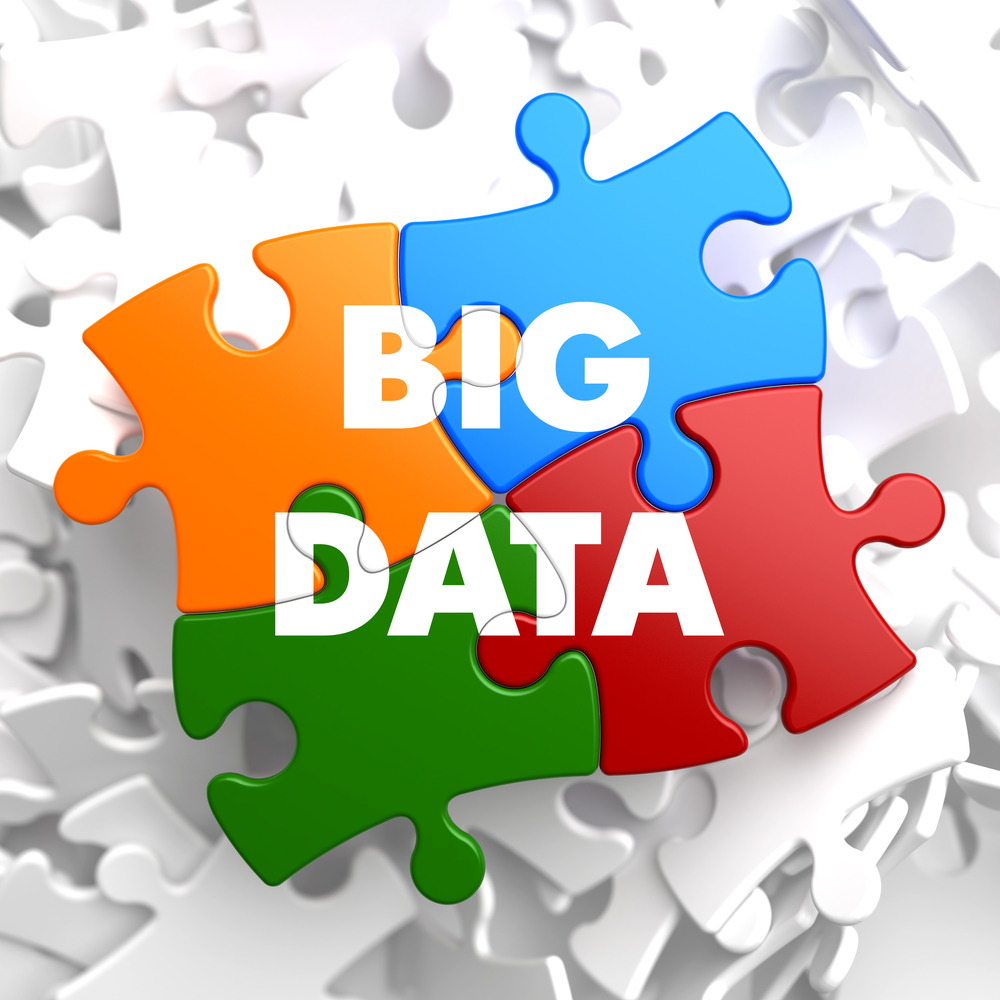
Digitalization of data is a multi-step process. Managers who want to achieve the maximum benefit from data collection processes need to learn, embrace, and implement all stages of digitalization. Data should be considered not only integral to critical infrastructure, but as a form of infrastructure itself. (Part 3 of 3--Data Utilization)
"If I had an hour to solve a problem, I'd spend 55 minutes thinking about the problem, and 5 minutes thinking about solutions."
--Albert Einstein
Introduction-Data as Infrastructure
Digitalization of critical infrastructure means that the potential of data is gathering
attention alongside other celebrated advances in the hardware and infrastructure of society. New
mechanisms for the assembly, management and processing of data provide a new impetus for
rethinking how the data is best managed. With a new data paradigm, society can best utilize its resources, solve more problems, impact the environment, and provide the greatest social good for the most people.
Data itself has become an important part of the infrastructure of developed nations and must be managed for the best effect. For this reason, data can be widely described as constituting ‘a public good.’ Its availability and use is a necessary part of the public realm.
It is more subtle and yet profound to identify that within this, data is taking on new roles in the real-time performance of infrastructure, and even in the design and maintenance of that infrastructure.
1. Upgrade systems for real-time awareness and action
Utilities have begun the transformation to remote, digital transmission of data from edge devices powered by artificial intelligence. Edge computing provides real-time situational awareness, allowing executives to take action and even predict the need for future intervention. With the more modern structure, latency of cloud computing is avoided. It should be noted that, out of security concerns, some government entities prefer a combination of on-premises cloud computing for their edge devices. An increasingly strict regulatory framework forces utilities to file regular reports, an impossible task without complete data sets.
2. Improve data quality
If all data is important, none is important. Having quality data is integral to making smart
decisions about infrastructure. To improve data quality, utilities need to ensure that they go
through a data cleansing process. Data cleaning is a key aspect of infrastructure management. It's not simply a matter of erasing old information and replacing it with the new data. Instead, it is essential to find a way to maximize the dataset’s accuracy without necessarily tampering with the available data. Ayyeka's new AI Data Curator automates a process that is usually a long, tedious task.
Another term for this is "future-proofing" data models. A modern, flexible data construction around the solution is needed to support the ongoing trends between different architectures of the data. This will support the usability of the solution for several decades. Data utilization is only possible when data is created and managed properly. A landfill in California, USA, installed remote monitoring of air quality to improve the quality of life for nearby residents.
3. Empower infrastructure assets with unparalleled capability
The best way to extract value from data for critical infrastructure is through the implementation of digital solutions. Manual inspection of field assets is time-consuming and, in the case of natural disasters, a threat to worker safety. The same tools have been used for 10, 20, even 50 years, and urgently need to be upgraded. Smart city plans have been implemented by Tel Aviv, Israel to remotely measure and transmit data on water quality and sewer overflows, guarding water safety while providing real-time data to forecast flooding in extreme weather conditions.
Conclusions
Proper utilization of data creates the best models for decision-making in industries including oil and gas, energy, environment, and water. The old way of collecting data manually has gone the way of the dinosaur, and the need to upgrade data collection, management, and utilization in the critical infrastructure space will become a top priority.
For Part 1 of this series on data, look here to learn about data creation: https://www.ayyeka.com/blog/without-data-just-opinion
For Part 2, look here to learn about data collection: https://www.ayyeka.com/blog/data-is-like-garbage

